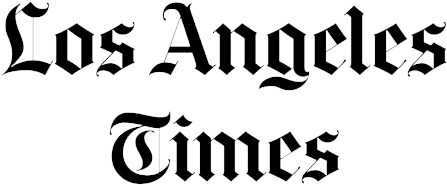How to Do
How to Do Squats in Stork Stance Holding Ball
The squats in stork stance holding the ball should begin with good posture to avoid injury. Brace the spine by drawing your lower abdomen inward. Your core muscles should be activated to support your posture as you perform the exercise.
If any pain is experienced, immediately stop the squats in stork stance holding the ball.
Beginning
Beginning Squats
1. Maintain good posture throughout the exercise with shoulder blades back and down, good stability through the abdomen, and neutral spine angles.
2. Activate core by drawing the belly button in toward the spine and perform a pelvic floor contraction by tightening those muscles commonly used to stop the flow of urine.
3. This exercise integrates the upper and lower body and will cause fatigue. The technique should be maintained through each repetition.
Movement
Squats Movement
1. Stand on one leg with good alignment, the knee is bent to approx. 20 degrees.
2. Position the arms overhead, straight and externally rotated, holding the stability ball.
3. Slowly flex forward in the trunk and allow the raised leg to extend behind you in triple extension (at hip, knee, and ankle). Hold this position.
4. The body line should be straight and parallel with the floor from the neck right down the extended leg (as shown in the video link).
5. Perform a one leg squat ensure that the stork stance position is maintained throughout the squat.
6. Squat down only to the position that you can control.
7. Watch that you have a chin tuck (for good neck alignment), neutral spine angles, hips that are level and parallel with the floor, and correct ANY rolling in of the legs (at knee and ankle joints). It is important that proper form is maintained throughout the exercise.
Benefits
Squats Benefits
The "Stork" is a static hip exercise that targets the lateral Gluteals, Gluteus Medius, Gluteus Minimus, and Piriformis muscles. External hip rotators are in charge of abducting your leg away from your body, turning it outward, and stabilizing your femur at the hip.
Exercise Aliases
How To Do Stork Stance Exercises, Squat Variations, Stability Ball Squats, Swiss Ball Exercises.






